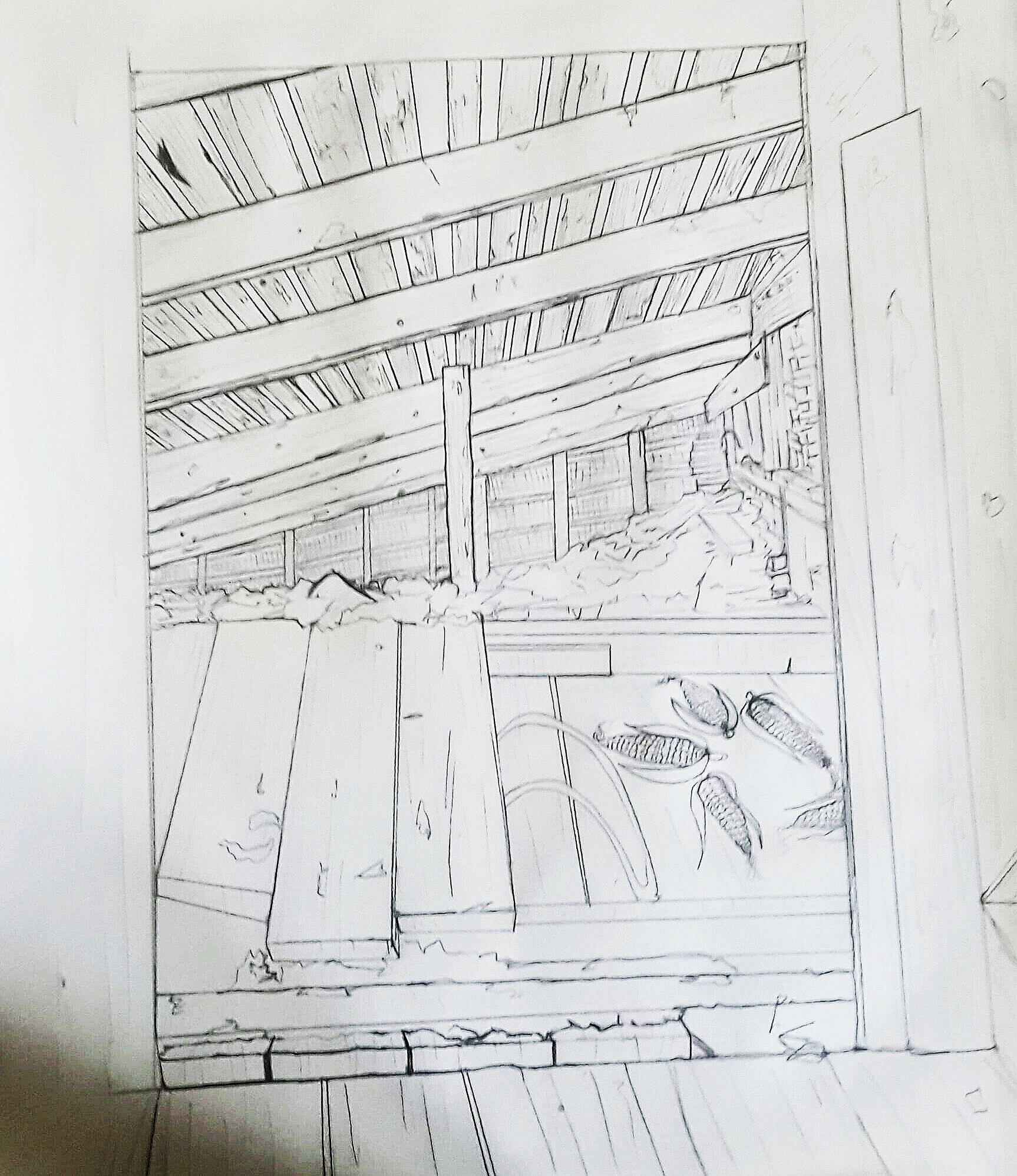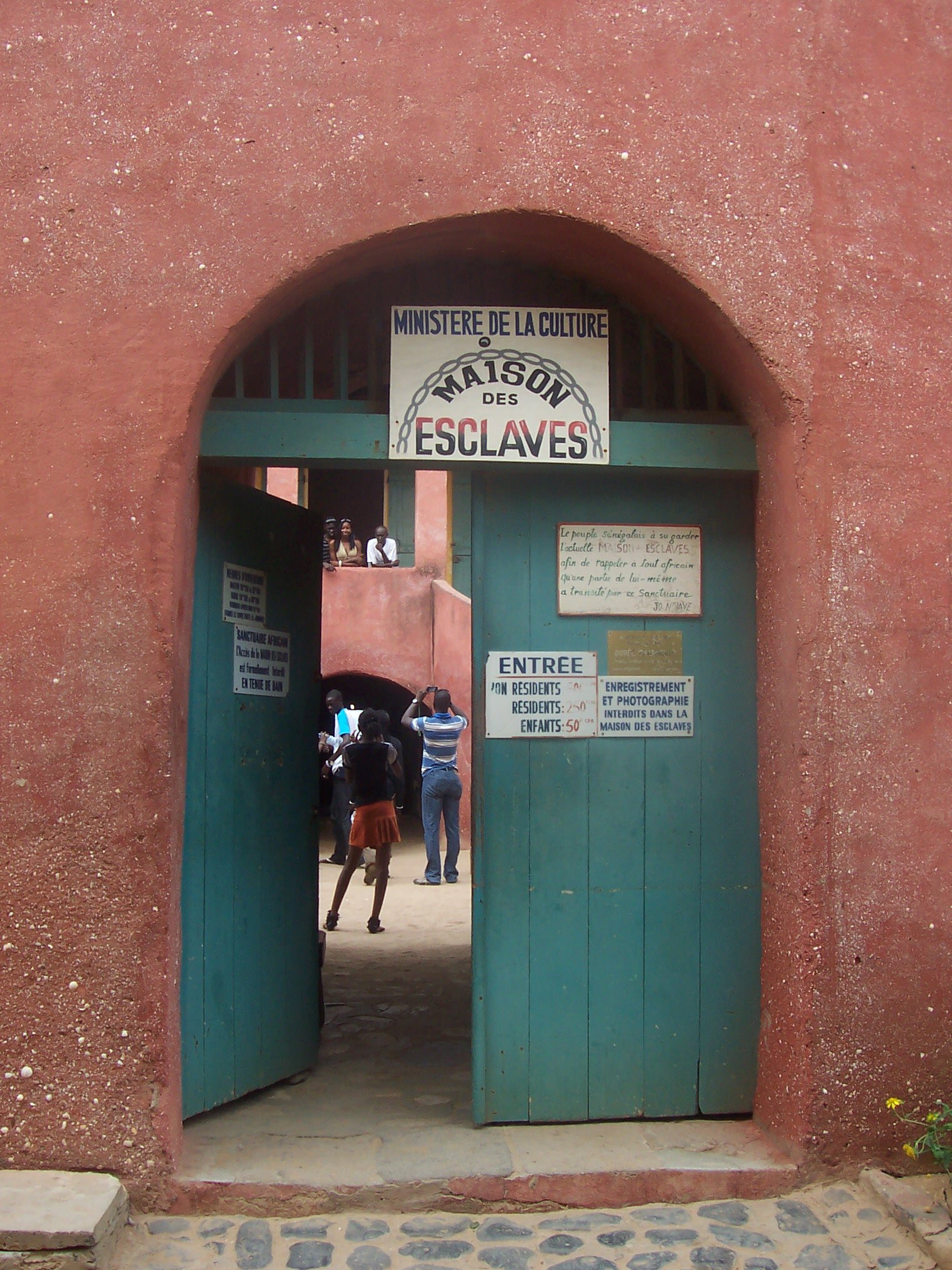The manuscript won the 2020 New Netherland Institute Annual Hendricks Award.
Spaces of Enslavement: A History of Slavery and Resistance in Dutch New York
In my book, I examine enslavement and the lives of the enslaved in New York’s Dutch communities from the 1620s, when the first enslaved men and women were brought to New Netherland, until New York abolished slavery in 1827. Through a close analysis of homes, churches, and public spaces, this book shows that during the eighteenth century Dutch-American enslavers increasingly used their dominance in these spaces to control the movements and activities of the people they enslaved. In fact, it was in part due to an initial lack of such spatial control that enslaved men and women were able to access the courts, church, and public spaces during the Dutch colonial period. Enslaved people responded to increased systems of spatial control by escaping or modifying these spaces and expanding their mobility and activities within them. In so doing, they developed alternative ways of knowing and navigating these spaces.
Spaces of Enslavement
These are some of the spaces of enslavement and resistance that I discuss in my book.
Work in progress: The Gideon
In August of 1664, the Gideon arrived in New Amsterdam—now New York City—with 290 enslaved men and women on board. Nine months earlier, the Dutch West India Company (WIC) had contracted its captain, Symon Cornelissen Gilde, to bring enslaved Africans to the region. Yet, Gilde arrived in New Amsterdam at a fateful time: four English warships arrived in the harbor only a few weeks after the Gideon’s arrival, which would result in the English takeover of the region they renamed New York. In fact, the colony’s director general, Petrus Stuyvesant, complained that the men and women on board the ship were so weak that in order to regain value they required many of the provisions Stuyvesant desperately needed for his troops. These circumstances, he claimed, caused him to surrender to the English, an excuse that James Baldwin later referred to as “a marvelous fore shadowing of the scapegoat role the black was to play in American life.”
For more about my research on the Gideon see a short description on the New Netherland Institute website, as well as the following publication: “Nieuwer-Amstel, stadskolonie aan de Delaware,” in De Slavernij in Oost en West: Het Amsterdam Onderzoek, ed. Pepijn Brandon, Guno Jones, Nancy Jouwe, and Matthias van Rossum (Amsterdam: Spectrum, 2020).








